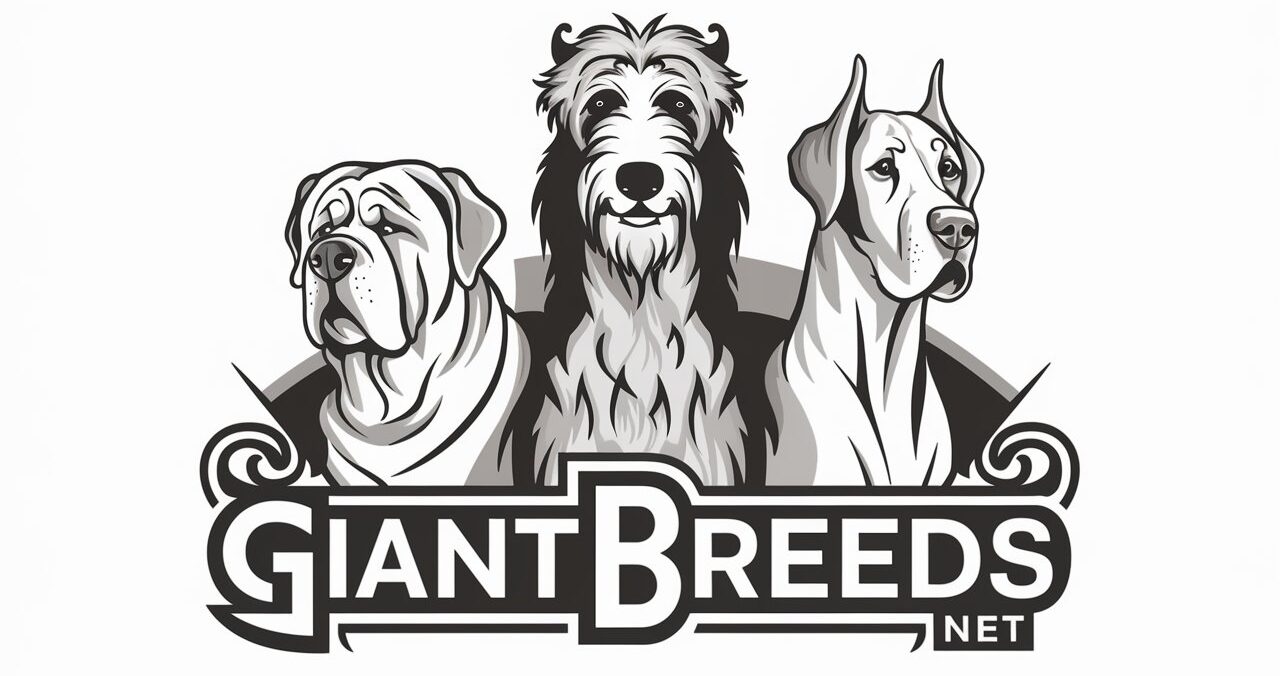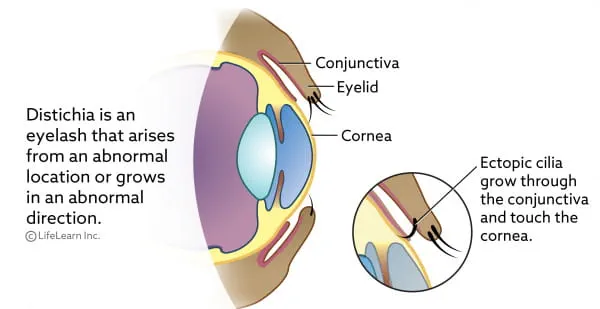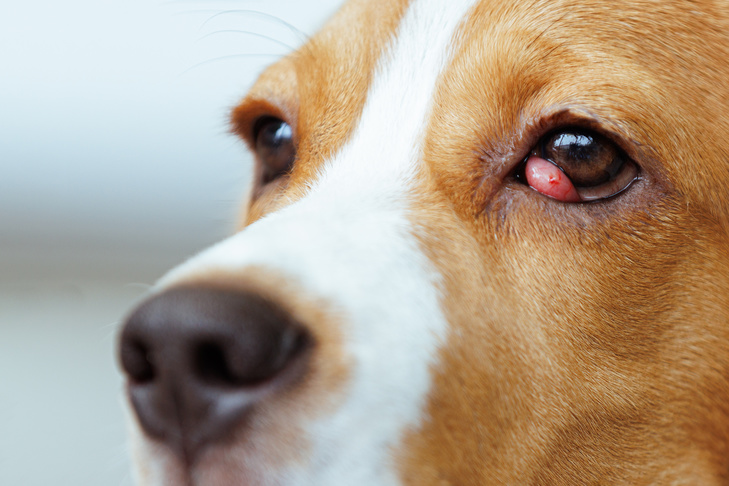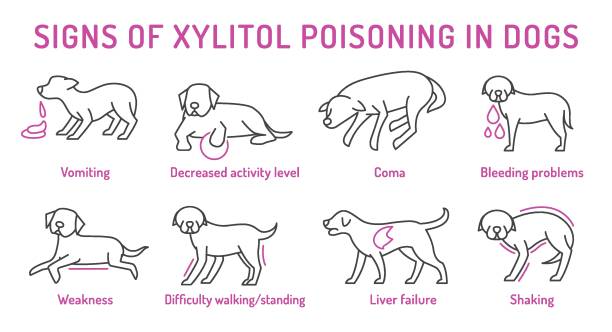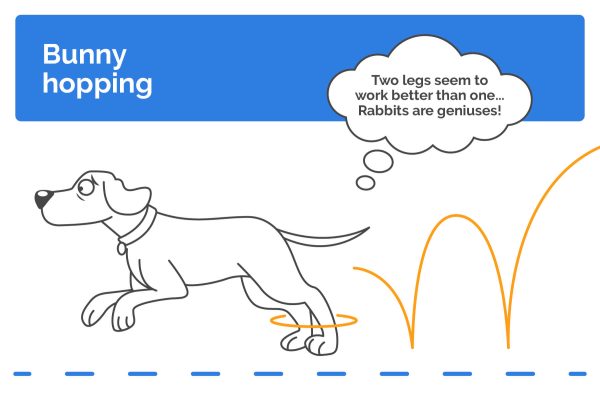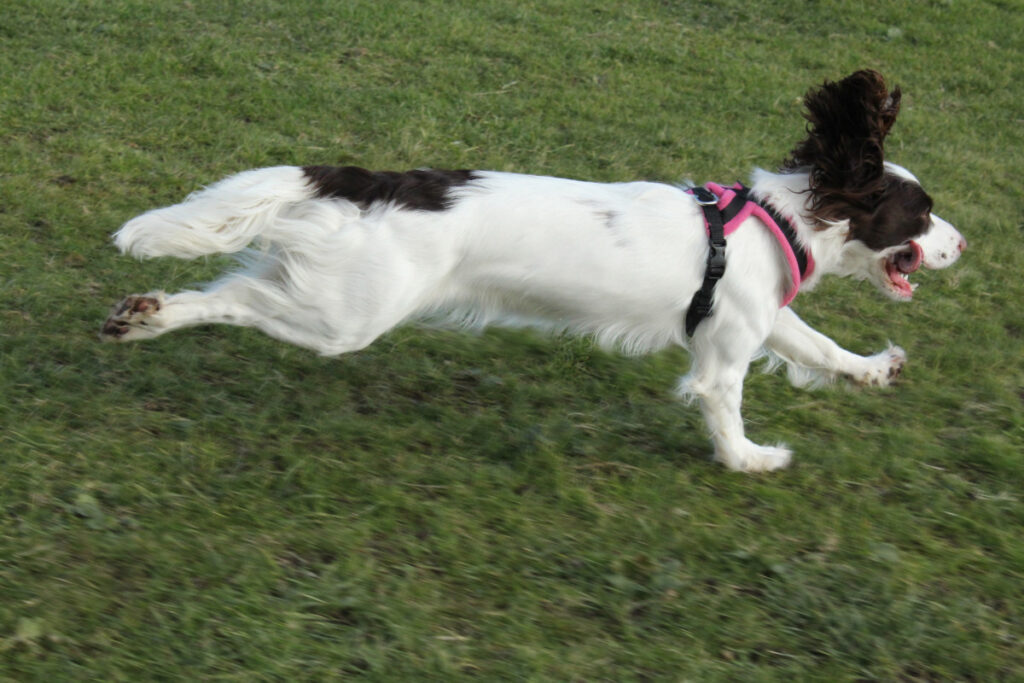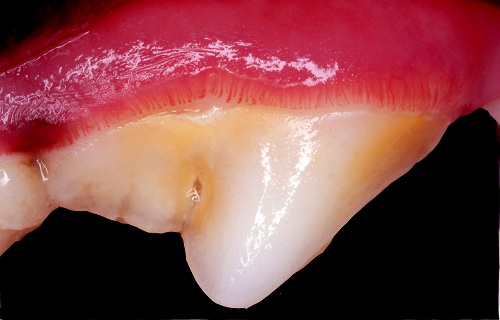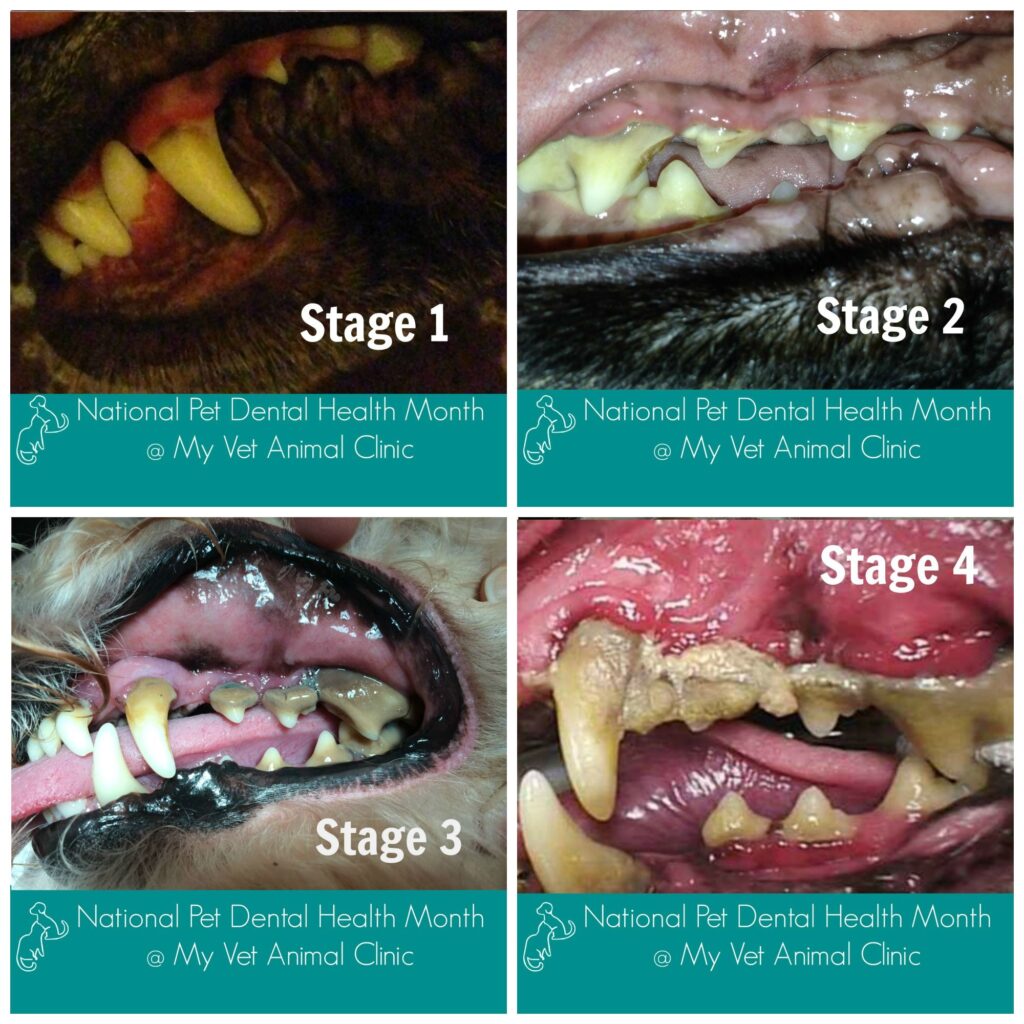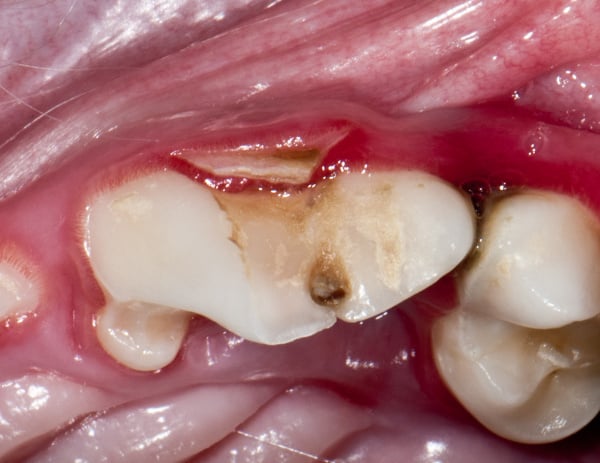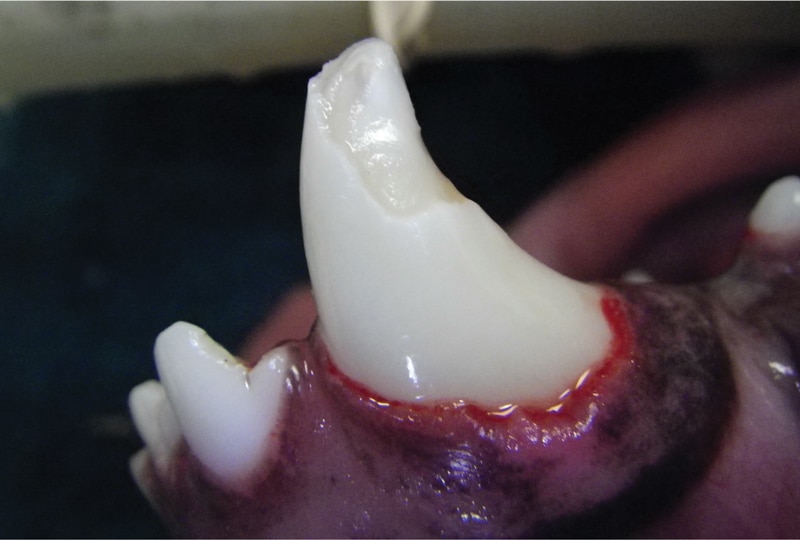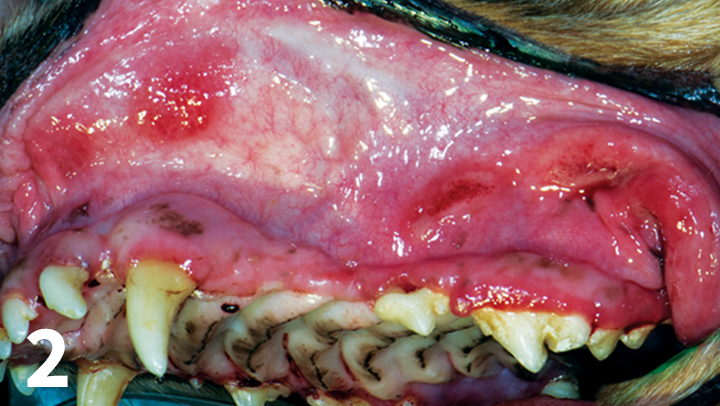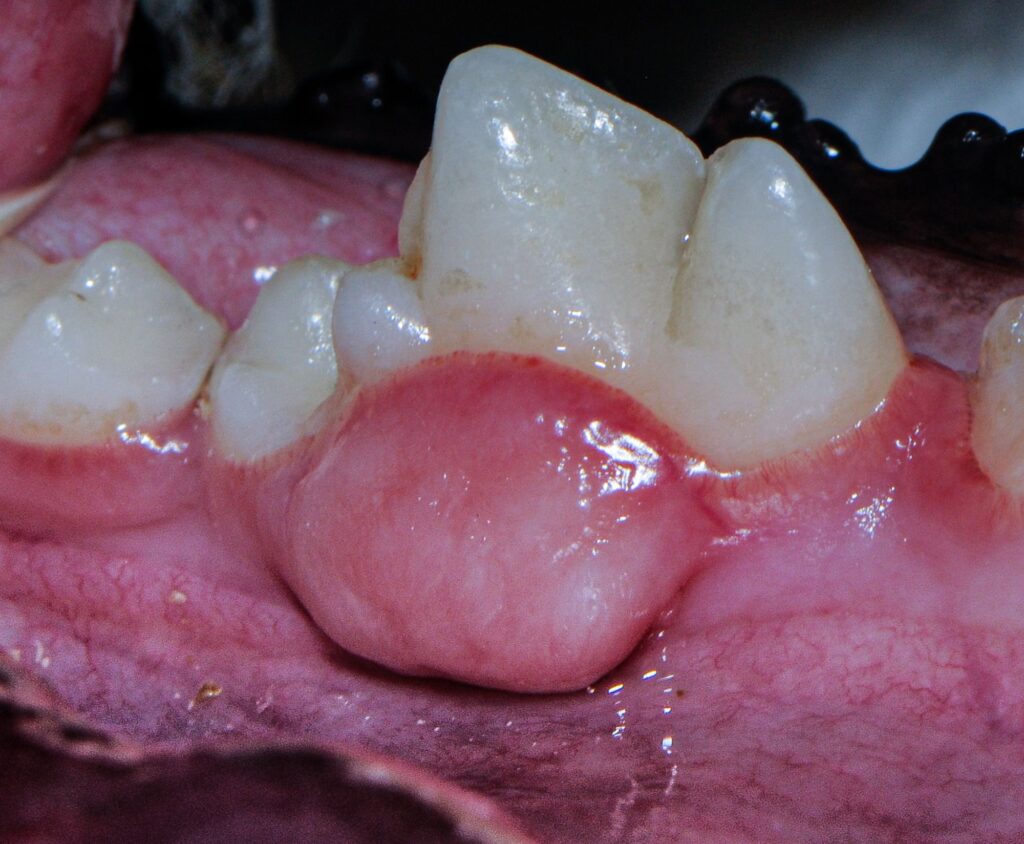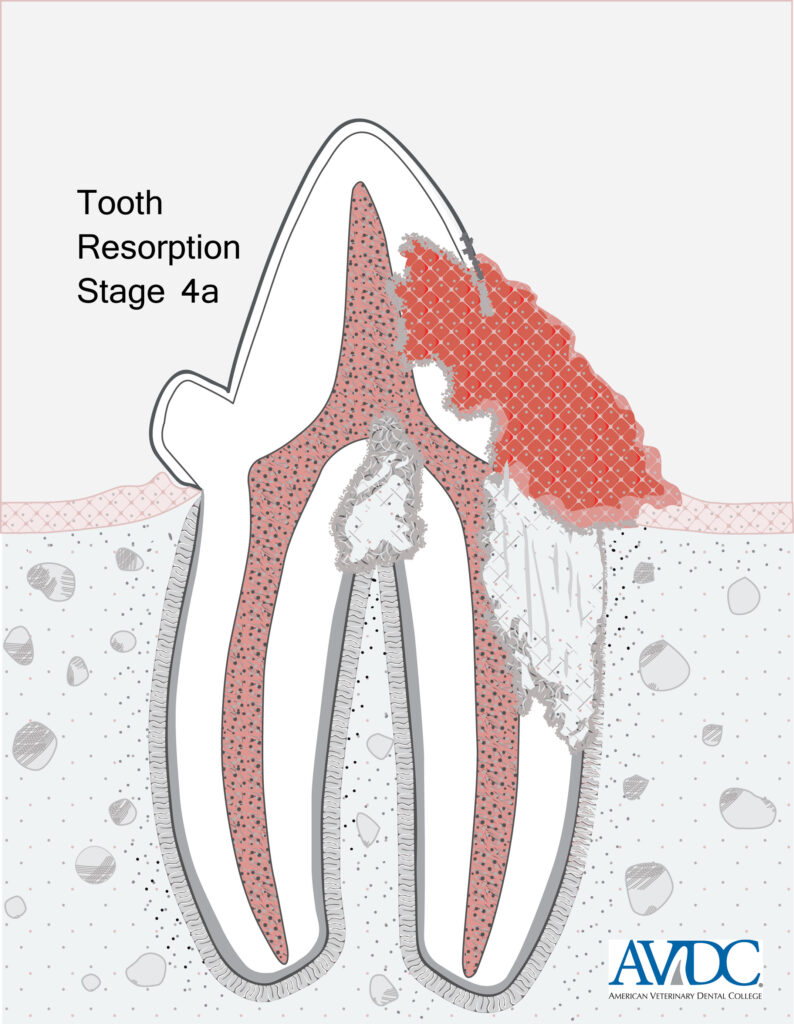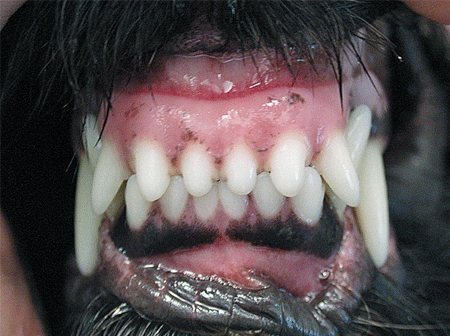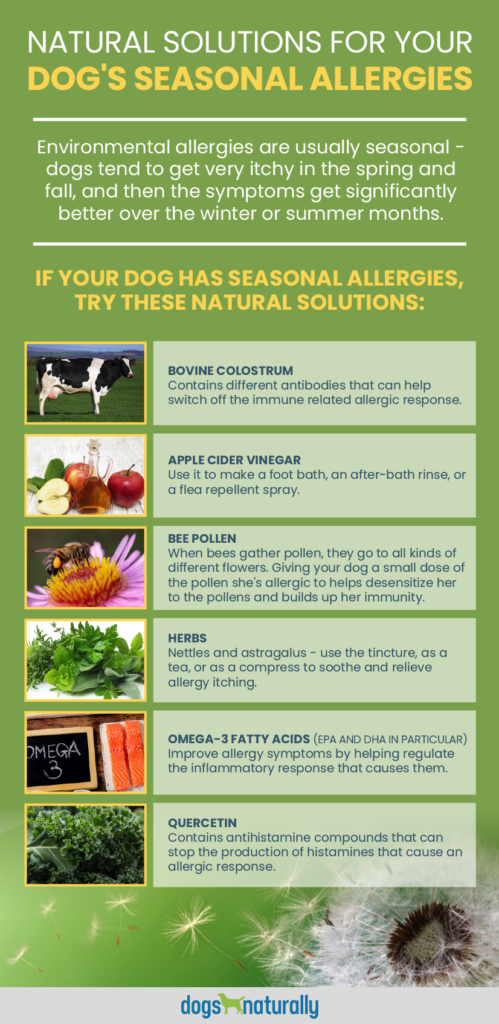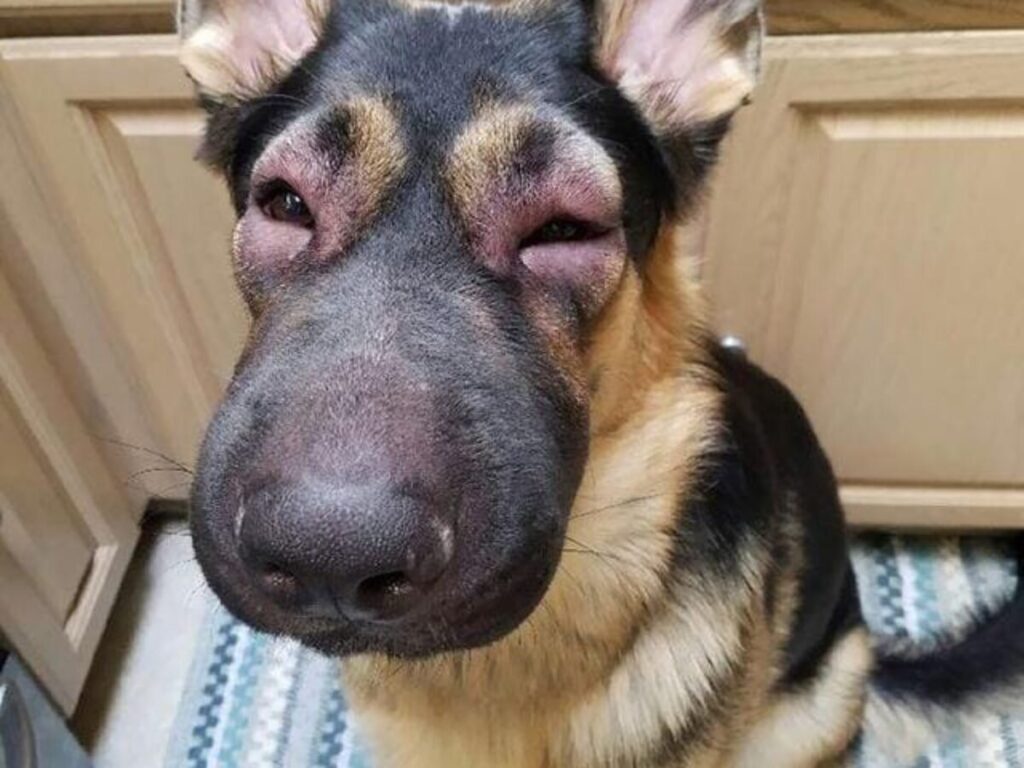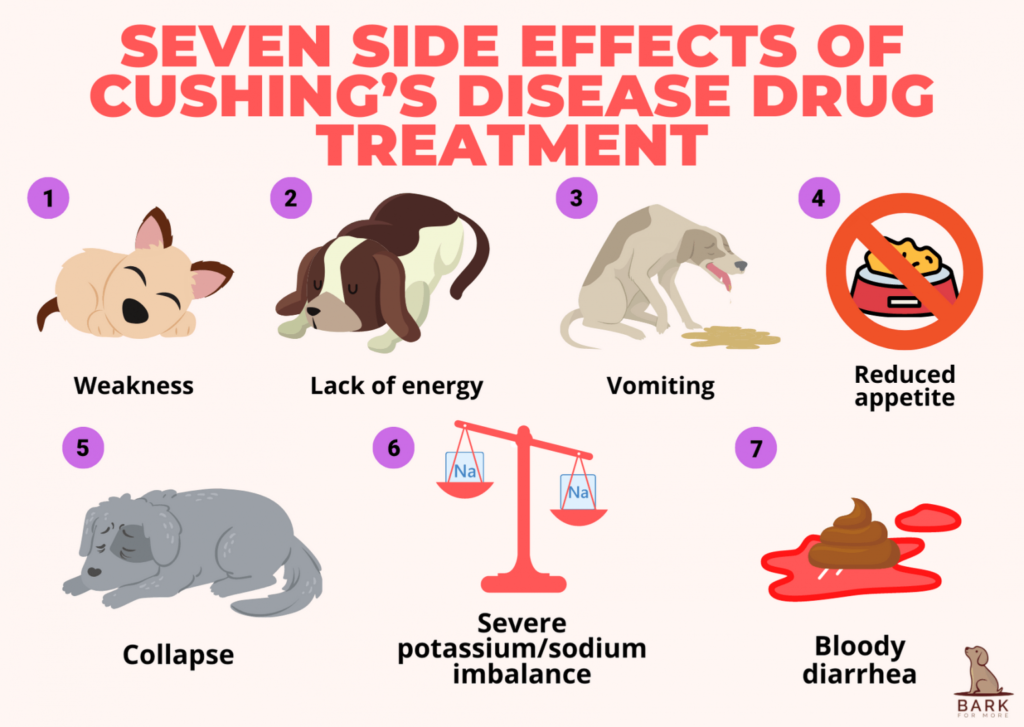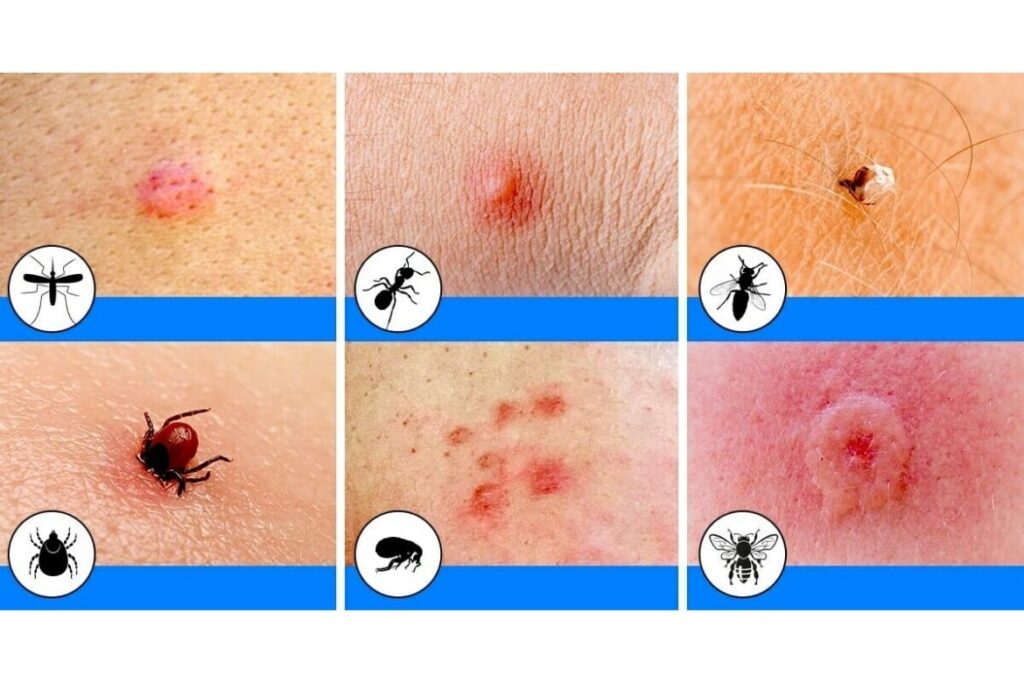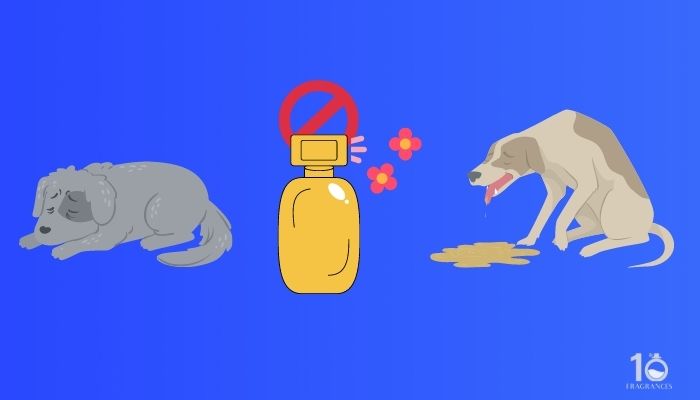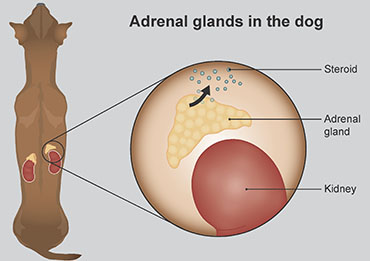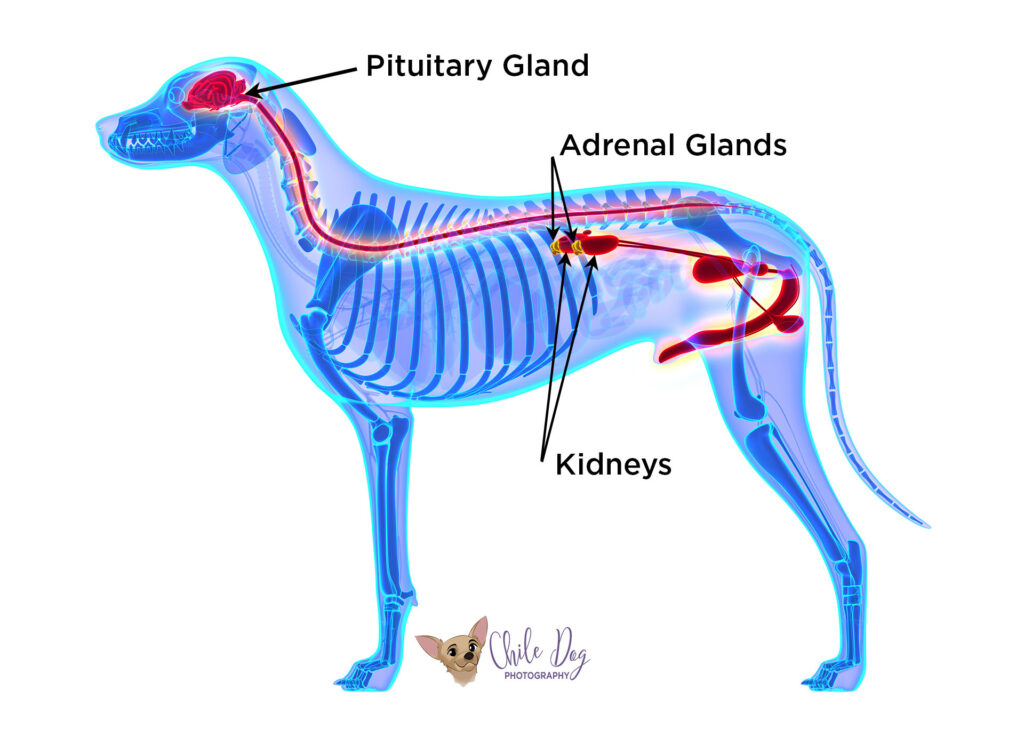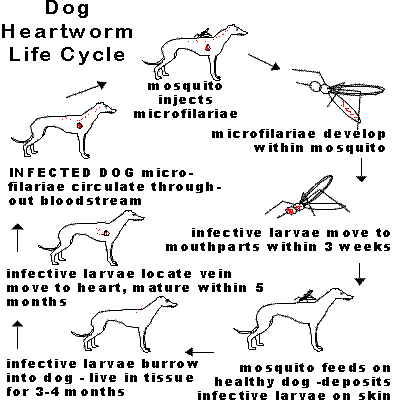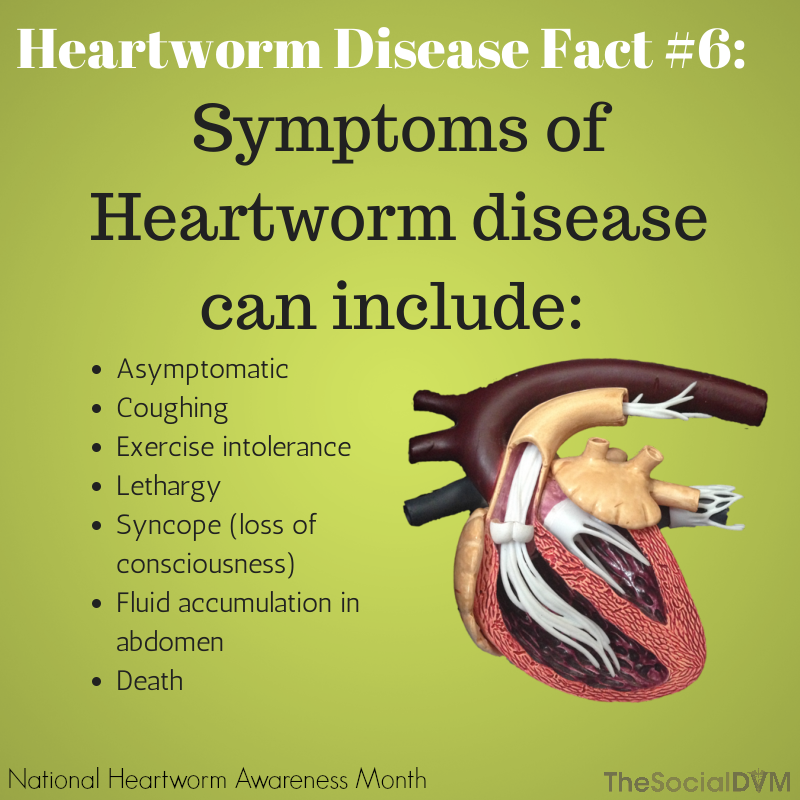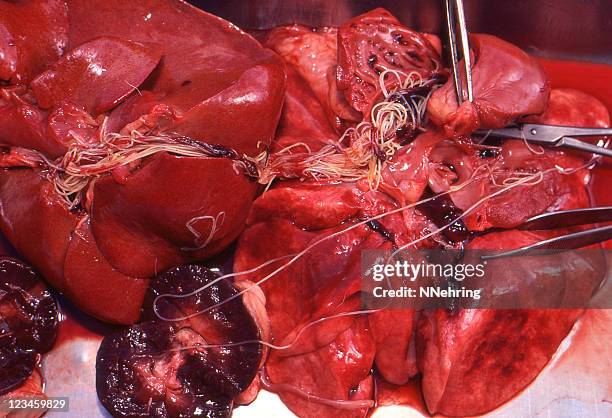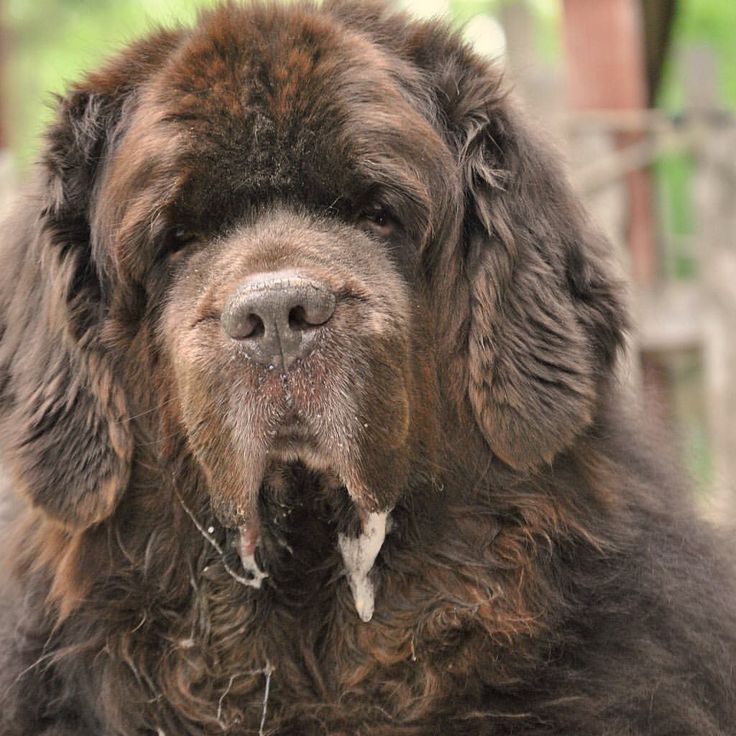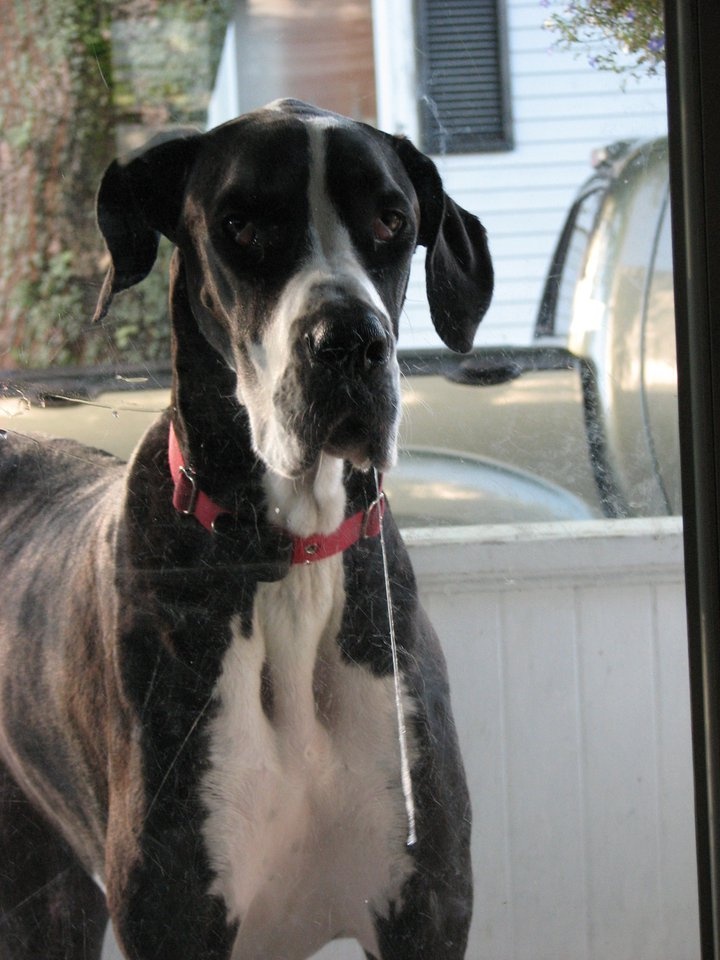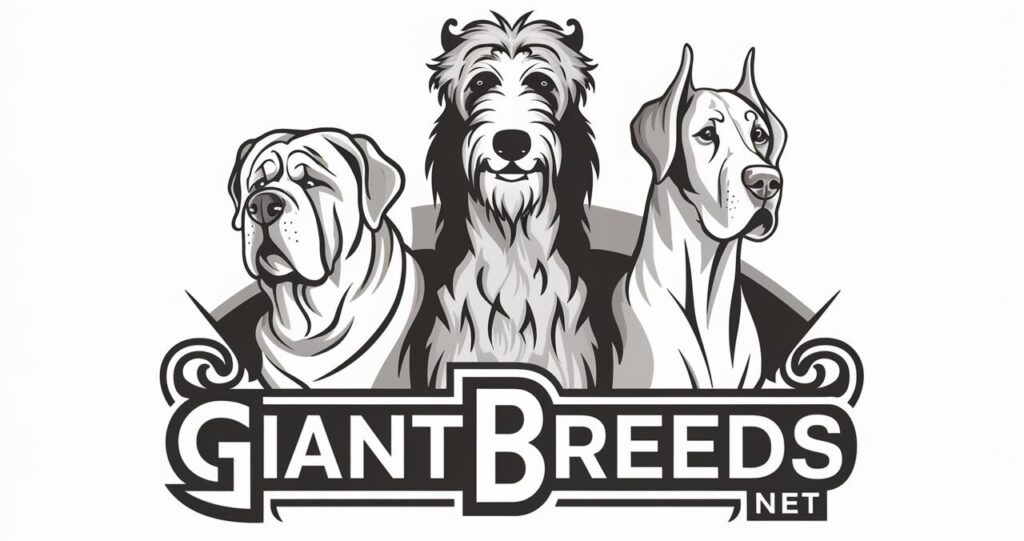
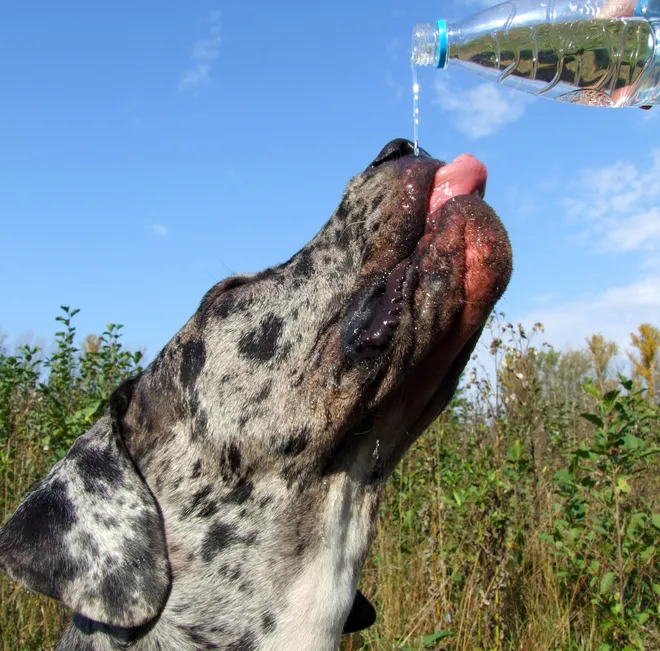
Definition
Heatstroke in giant breed dogs can occur in different scenarios, each posing unique risks based on the dog’s level of activity and the environmental conditions. Here’s a detailed look at these two situations:
1. Heatstroke in a Passive, Outdoor Scenario
When a giant breed dog is left outside in the yard, without proper shelter, water, or shade, it can quickly become a dangerous situation, especially during high temperatures or under direct sunlight. Even if the dog isn’t moving, giant breeds are particularly vulnerable because their larger body mass and thick coats make them less efficient at dissipating heat compared to smaller breeds.
Without shade, the dog’s body absorbs the sun’s rays, causing an internal temperature rise. Additionally, if water isn’t accessible, the dog can’t stay hydrated to regulate its body temperature. Panting is the primary cooling method for dogs, but panting alone is often insufficient under extreme heat, especially for giant breeds. As the dog’s temperature rises, its internal systems struggle to function, leading to cellular damage, impaired organ function, and potential failure of critical systems. The dog may become lethargic, start drooling excessively, and exhibit signs of distress as heatstroke progresses.
2. Heatstroke in an Active Scenario
In contrast, heatstroke can also affect giant breed dogs during physical activity, even if the environmental temperature isn’t extreme. When a giant breed dog is taken for a walk, run, or any other exercise in warm or humid conditions, its body is already generating additional heat through muscle activity.
As the body temperature climbs during activity, the dog’s cardiovascular and respiratory systems are taxed more intensely as they work to expel excess heat. Unlike humans, dogs can’t sweat efficiently, and giant breeds—due to their mass and slower respiratory rates—struggle even more to keep cool. This combination can lead to a rapid rise in internal temperature that outpaces the body’s ability to cool itself, even if the dog is given water breaks.
Physiologically, when the dog’s core temperature reaches dangerous levels, blood flow shifts toward the skin surface to attempt heat dissipation, which can deprive critical organs (like the brain, liver, and kidneys) of necessary blood supply. The dog may experience muscle tremors, loss of coordination, and in severe cases, collapse or seizures. Heatstroke at this stage becomes life-threatening, often requiring immediate intervention to prevent long-term organ damage or fatality.
Physiological Effects on a Giant Breed Dog’s Body
In both passive and active scenarios, heatstroke leads to a cascade of serious physiological events. Elevated temperatures begin damaging proteins and enzymes in cells, disrupting cellular processes and leading to a state called “hyperthermic shock.” The kidneys and liver, critical for filtering waste and maintaining blood chemistry, are especially vulnerable to overheating and can shut down if not promptly cooled.
Additionally, as the dog’s body temperature climbs, blood vessels may start to leak, causing dangerous inflammation and internal swelling that further strains the heart and circulatory system. In severe cases, this can lead to a condition called Disseminated Intravascular Coagulation (DIC), where blood clots form throughout the body, followed by a depletion of clotting factors that causes widespread bleeding. This is often fatal without swift veterinary intervention.
Understanding these two contexts—passive outdoor heatstroke and active heatstroke during exercise—emphasizes the importance of proactive care for giant breed dogs in hot weather. Whether they’re lounging outdoors or engaging in physical activity, heatstroke is a genuine threat that can rapidly escalate if not recognized and addressed immediately.
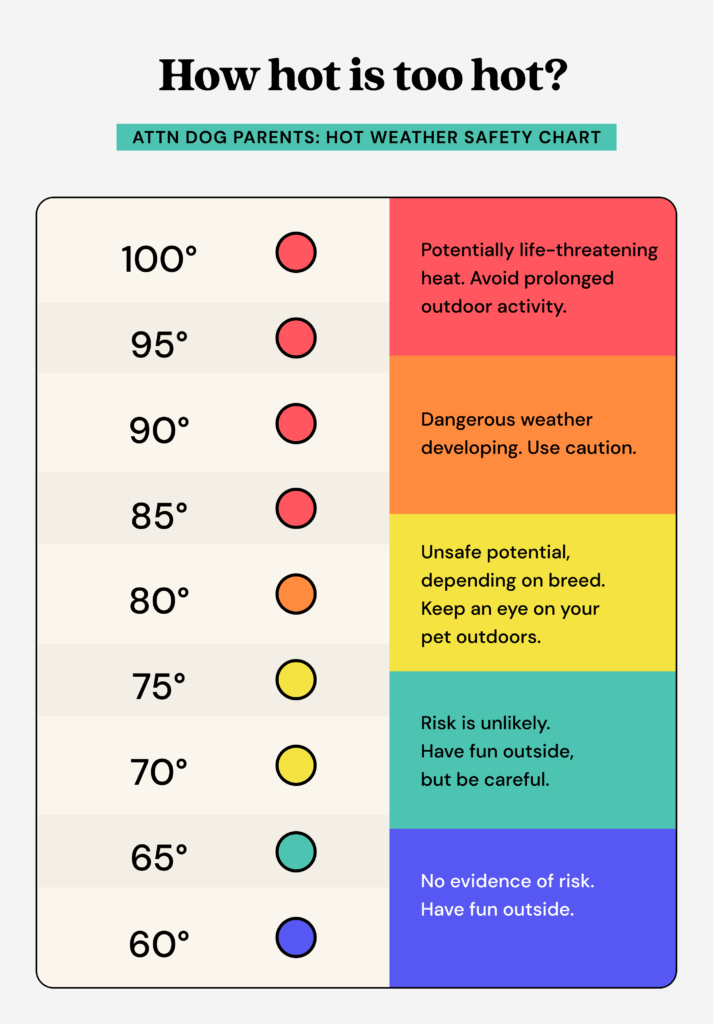
Symptoms
The symptoms of heatstroke in giant breed dogs can appear in both passive and active scenarios, with early signs often being subtle but critical for owners to recognize. Detecting these symptoms early can prevent the situation from escalating to a life-threatening level. Here’s an in-depth look at what to watch for in each scenario:
1. Symptoms of Heatstroke in a Passive Outdoor Scenario
When a giant breed dog is lying outdoors without sufficient shade, water, or protection from direct sunlight, the signs of heatstroke may develop slowly. Owners should look for the following early warning symptoms:
– Excessive Panting: Panting is a dog’s primary way to cool off, but when it becomes rapid and unusually heavy, it’s a warning sign. This may appear even if the dog isn’t actively moving.
– Drooling and Thick Saliva: As the body heats up, saliva thickens. Excessive drooling with sticky, stringy saliva is often an early indication of heat distress.
– Lethargy and Reluctance to Move: If the dog seems unusually sluggish or refuses to get up or move, this could indicate its body is struggling to cope with the heat.
– Bright Red or Darkened Gums and Tongue: In passive scenarios, a dog’s gums may turn a bright red initially, then darken as the condition worsens. Checking gum color is an easy way to spot early-stage heat exhaustion.
– Increased Heart Rate: While harder to detect, an increased heart rate is another early sign that the body is overheating. Owners may notice a faster, pounding heartbeat if they gently touch the dog’s chest.
As heatstroke progresses in passive scenarios, the dog may start to exhibit more serious symptoms, such as weakness, uncoordinated movements, vomiting, and in severe cases, collapse. These signs indicate that the heatstroke has moved beyond the early stages and requires urgent action.
2. Symptoms of Heatstroke in an Active Scenario
When a giant breed dog is actively exercising—such as during a walk, run, or play in warm or humid weather—heatstroke symptoms can develop rapidly and with slight variations. In addition to the symptoms seen in passive heatstroke, the following symptoms may be observed:
– Excessive Panting and Shortness of Breath: Similar to the passive scenario, but often more extreme. If the dog is struggling to catch its breath even during breaks or after minimal exertion, it’s a red flag.
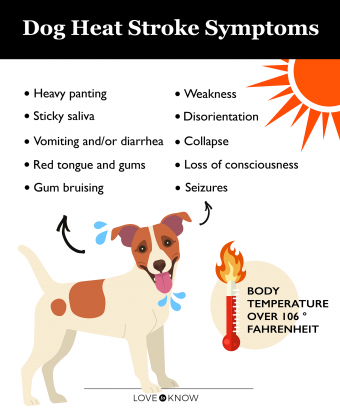
– Disorientation and Lack of Coordination: Active dogs experiencing heatstroke may begin stumbling, appear unsteady, or have difficulty following commands. This disorientation can happen suddenly.
– Muscle Tremors: As the body overheats, the muscles may start to shake or tremble. This is more common in active cases of heatstroke and indicates the body is under extreme stress.
– Glazed or Distant Look: A dog may appear “out of it” or dazed, which can happen quickly if it’s moving around in high temperatures. This symptom is a sign that the heat is affecting brain function.
Similar to passive scenarios, advanced signs in active heatstroke include collapse, seizures, and eventual loss of consciousness. At this stage, the situation is critical, and immediate veterinary intervention is needed.
Early Warning Signs to Watch For
Regardless of the scenario, recognizing the early signs of heatstroke is vital for preventing escalation. Here are the key early indicators for owners to be vigilant about:
– Heavy, Unrelenting Panting: The very first sign that a dog may be overheating is persistent panting that doesn’t subside with rest. This panting is typically louder, faster, and seems labored.
– Changes in Drooling: An increase in drooling, especially if it becomes thick and sticky, should not be ignored.
– Unusual Behavior: Any sign that the dog is unusually lethargic, reluctant to move, or seems disoriented should be taken seriously.
– Color Change in Gums: Bright red gums indicate an initial response to overheating, while darker gums are a sign that the condition is worsening.
– Rapid Heart Rate: Feeling the chest to detect a rapid heartbeat can also give an early clue that heatstroke is developing.
Recognizing these symptoms early and taking quick action—such as moving the dog to a cool, shaded area, offering water, and applying cool (not ice-cold) compresses—can make a significant difference in preventing full-blown heatstroke. Giant breed dogs, due to their size and heat sensitivity, are especially at risk, making vigilance in hot weather essential for their health and safety.
Prevention
For giant breed dogs, preventing heatstroke requires extra attention, particularly in warmer climates or humid conditions. Giant breeds often have a lower tolerance for high temperatures due to their size, thick coats, and sometimes less efficient cooling mechanisms. Here’s a comprehensive guide on preventive actions, safety temperature recommendations, and suggested products that can help owners keep their dogs safe and comfortable outdoors.
Prevention Tips for Heatstroke in Giant Breed Dogs
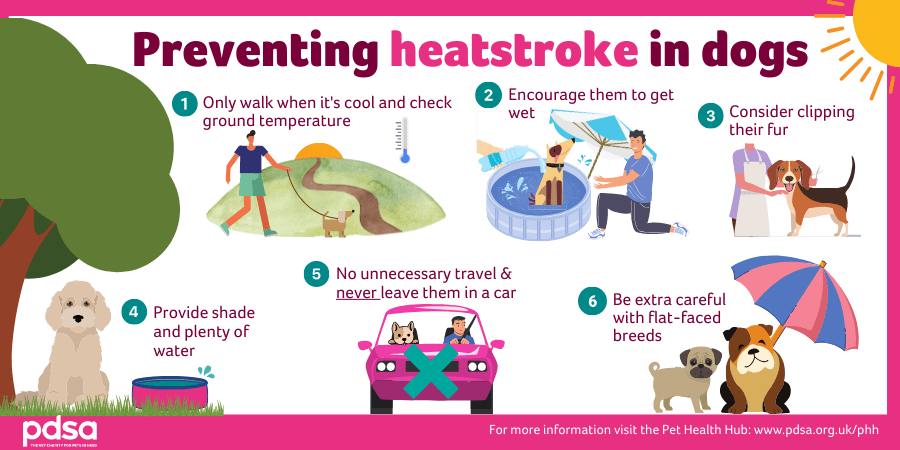
1. Passive Dogs (Dogs Relaxing Outdoors)
– Provide Ample Shade: Use tarps, canopies, or shade cloths if there are no natural shade sources like trees. Ensure the shaded area allows good air circulation.
– Constant Water Access: Set up a large, easy-to-clean water container in the shade. A weighted bowl or an automatic refill system can prevent water from spilling.
– Cool Surface Options: Place cooling mats or set up shaded areas over concrete or dirt rather than heat-retaining surfaces like asphalt.
– Monitor Temperature and Humidity: Keep track of the temperature and humidity levels. High humidity impedes a dog’s ability to cool off effectively through panting.
– Limit Outdoor Time: Avoid prolonged outdoor stays if temperatures rise above the dog’s comfort threshold (see table below). Regularly bring dogs inside to cool off.
2. Active Dogs (Dogs Exercising or Playing Outdoors)
– Restrict Activity During Peak Heat: Exercise dogs during cooler times of the day, such as early morning or late evening, to minimize exposure to peak heat.
– Provide Breaks in Shade: If exercising outdoors, give the dog frequent breaks in shaded areas to prevent overheating.
– Portable Water and Cooling Supplies: Bring portable water bowls, collapsible water containers, or spray bottles to provide hydration and cooling as needed.
– Use Cooling Gear: Cooling vests or bandanas soaked in water can help regulate body temperature while a dog is active.
– Observe for Warning Signs: Watch for early signs of heat distress, such as heavy panting or drooling, and immediately stop exercise if these symptoms appear.
Recommended Temperature Limits for Giant Breeds
Note: This table is a general guideline. Always observe individual tolerances, as some dogs within a breed may be more heat-tolerant than others.

The following table provides general guidance on outdoor temperature limits for common giant breeds. These are suggested maximum temperatures for sustained outdoor time, especially in humid climates:
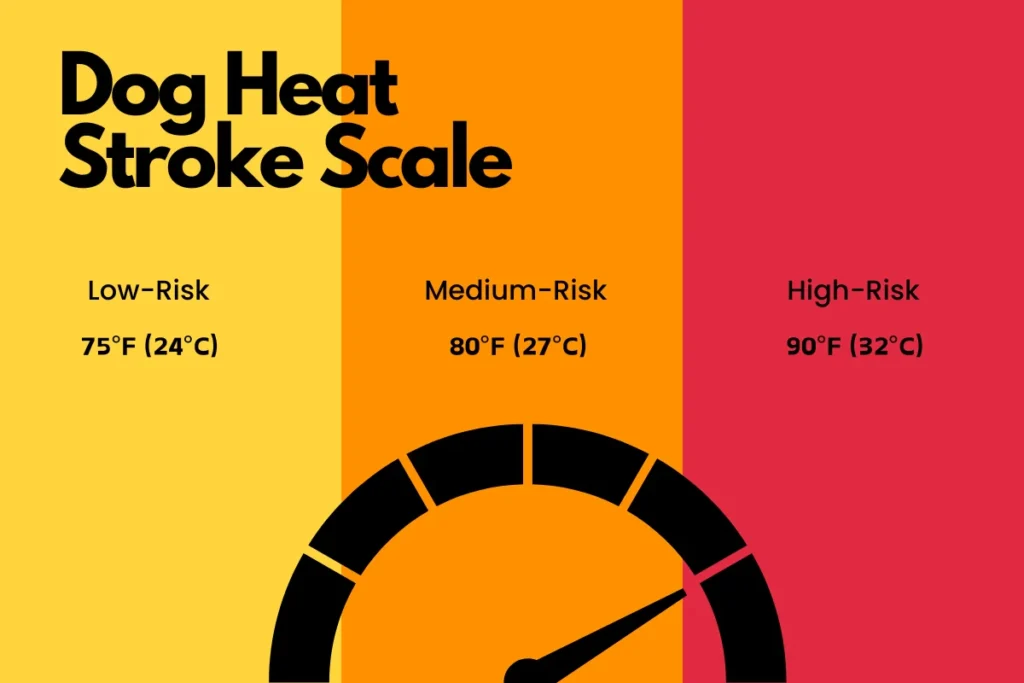
Products to Help
Recommended Products to Help Prevent Heatstroke
Here’s a list of products that can help reduce the risk of heatstroke, particularly for giant breed dogs spending time outdoors:
Shade Solutions:
– Canopies or Tarps: If natural shade is unavailable, a canopy or UV-resistant tarp can create a shaded area.
– Pop-Up Tents: A small pop-up tent or gazebo provides instant shade with good airflow.
Watering Systems:
– Weighted Water Bowls: Prevent tipping and spilling, ensuring a constant water supply.
– Automatic Water Dispensers: Refill bowls automatically, keeping water fresh.
– Dog Water Fountains: Encourage dogs to drink more by providing running water.
Cooling Mats and Pads:
– Self-Cooling Mats: Mats with cooling gel or water can offer relief in the shade.
– Elevated Cooling Beds: Raised beds allow airflow underneath and prevent dogs from lying directly on hot surfaces.
Cooling Gear:
– Cooling Vests and Bandanas: Vests soaked in cool water can help maintain body temperature. Bandanas are an easy alternative for mild heat.
– Cooling Collars: Some collars contain cooling gels or ice pack inserts, which can help keep the neck area cool.
Misting Systems and Fans:
– Portable Misting Fans: Set up in shaded areas to provide a mist of water that helps cool the air.
– Battery-Operated Fans: Provide airflow in shaded areas, especially useful for more enclosed shaded setups.
Portable Water Containers for Exercise:
– Collapsible Water Bowls: Easy to carry, ideal for providing water during exercise.
– Portable Water Dispensers: Water bottles with built-in bowls for easy hydration during walks or runs.
Guidelines for Bringing Dogs Indoors
Giant breeds should ideally be brought indoors once the temperature approaches their recommended limit, especially if the humidity level is high. Indoor temperatures should be regulated, ideally around 68–72°F (20–22°C), to help these large dogs cool off comfortably.
Key Takeaway: Giant breeds, due to their size and often dense coats, are at higher risk of heatstroke than smaller or less densely coated breeds. In particular, breeds like the Tibetan Mastiff and Newfoundland, which are adapted to cold climates, are especially vulnerable in hot or humid environments. Taking precautions like providing shade, constant water, and cooling products, along with keeping track of outdoor temperatures, can significantly reduce the risk of heatstroke for these dogs.
Risk Factors
Risk Factors for Heatstroke in Giant Breed Dogs
Heatstroke is a serious risk for giant breed dogs, as their large size, body composition, and sometimes breed-specific characteristics make it difficult for them to regulate their body temperature effectively. Below are the key risk factors:
1. High Temperatures and Humidity:
– High temperatures are the primary risk factor for heatstroke, especially for giant breeds that don’t cool down as efficiently as smaller dogs. Humidity compounds the risk by making it harder for dogs to cool off through panting, as the moisture-laden air reduces the efficiency of evaporative cooling.
2. Activity Level:
– Any form of vigorous exercise or physical activity, especially during peak heat hours, can elevate the risk of heatstroke. Giant breeds often have low heat tolerance, so even light activity in high temperatures can lead to overheating.
3. Lack of Shade and Water:
– Without access to shade or water, dogs are more vulnerable to heat exhaustion. Giant breeds, especially those with thick coats, need adequate shade and water to avoid rapid overheating. Water aids internal cooling, while shade reduces direct sun exposure.
4. Medical Conditions:
– Brachycephalic Obstructive Airway Syndrome (BOAS): While giant breeds aren’t typically brachycephalic, some can have restricted airways, making it harder for them to cool down.
– Cardiac Conditions: Dogs with heart disease or congenital heart issues (like dilated cardiomyopathy in breeds like Great Danes) may have poor circulation, increasing their vulnerability to heatstroke.
– Obesity: Overweight dogs retain more body heat and have a harder time cooling down, as excess fat insulates the body.
– Respiratory Issues: Conditions that affect breathing, like laryngeal paralysis, make it harder for a dog to pant effectively, increasing the risk of overheating.
5. Medications:
– Certain medications can also raise the risk of heatstroke. For example:
– Diuretics: Often used for cardiac conditions, diuretics increase water loss, leading to dehydration.
– Antihistamines: These can decrease a dog’s natural panting response.
– Sedatives: Medications that cause lethargy may prevent a dog from seeking shade or water as they normally would.
6. Coat Type and Color:
– Thick, double coats, such as those found in Saint Bernards or Newfoundland’s, are great for winter weather but increase the risk of overheating in the summer. Dark coats absorb more heat from sunlight, making dogs with darker fur more susceptible.
Action – Call the Vet
If a giant breed dog shows any signs of heat-related distress, it’s crucial to contact a veterinarian immediately. Heatstroke can escalate rapidly in large dogs due to their size and sometimes slower recovery rates. Even if symptoms appear mild, contacting the vet can provide peace of mind and prevent a potentially fatal outcome.
When calling the vet, explain the situation clearly, describing the symptoms observed and the environmental factors (such as current temperature, activity level, and duration of exposure). The vet may ask about the dog’s breed and size, as these can influence the severity and treatment options.
Emphasize to owners that if they notice any symptoms like excessive panting, lethargy, drooling, vomiting, or stumbling, they should call the vet immediately. Early intervention can make a significant difference in recovery and reduce the risk of severe complications.
Veterinary Treatment for Heatstroke
Veterinary treatment for heatstroke often involves immediate cooling measures, IV fluids, and close monitoring. The treatment typically includes:
1. Rapid Cooling: The vet may place the dog in a cool, controlled environment or use fans to help lower the dog’s body temperature gradually. Sudden cooling (such as with ice water) is avoided as it can cause shock.
2. IV Fluids and Electrolytes: Fluids are administered to combat dehydration, support organ function, and help reduce body temperature. Electrolytes may be added to stabilize the dog’s internal chemistry.
3. Oxygen Therapy: If the dog has trouble breathing or shows signs of oxygen deprivation, the vet may use oxygen therapy to ensure adequate oxygen levels in the blood.
4. Blood Tests and Organ Monitoring: Heatstroke can damage organs, especially the liver and kidneys. Blood tests may be run to assess organ function and detect any abnormalities that need treatment.
5. Anti-Nausea or Anti-Vomiting Medication: If the dog is experiencing nausea or vomiting, medication may be administered to reduce these symptoms, as dehydration and electrolyte imbalance are serious risks with heatstroke.
6. Monitoring: Dogs recovering from heatstroke are monitored closely, sometimes overnight, as they are at risk of complications like kidney damage, blood clotting disorders, and brain swelling.
Emergency Contact Information: What to Have Ready
When contacting the vet in a heatstroke emergency, owners should be prepared to provide the following information:
1. Dog’s Age, Breed, and Size: This helps the vet gauge the severity of the condition, as different breeds and sizes respond differently to heat.
2. Symptoms Observed: Include the intensity and duration of symptoms, such as excessive panting, drooling, lethargy, or signs of disorientation.
3. Activity Level Before Symptoms: Describe the dog’s recent activities, such as whether it was resting, walking, or playing, as well as the duration and intensity of the activity.
4. Environmental Conditions: Note the temperature, humidity, and whether the dog was in direct sunlight or shade. This context helps the vet assess the heat exposure risk.
5. Immediate Cooling Efforts: Describe any cooling efforts taken at home, such as providing water, moving the dog to shade, or using a fan, as these can influence the vet’s recommendations.
6. Medical History: Mention any pre-existing medical conditions, especially those that might impact the dog’s heat tolerance (like heart or respiratory issues).
7. Medication List: Include any medications the dog is currently taking, as some medications can affect body temperature regulation or hydration status.
Emergency Contact Essentials:
Owners should also have quick access to:
– The phone number and address of their regular vet and the nearest emergency vet clinic.
– A list of any medications or supplements the dog is taking.
– Information about the dog’s microchip or ID tag in case they need to rush to a clinic.
Key Takeaway: In any suspected case of heatstroke, it’s vital to call a vet right away, as giant breed dogs can deteriorate quickly in high heat. Having all the necessary information on hand can help the vet make a rapid decision about whether the dog needs to be brought in for immediate care.
Monitoring
Monitoring for Heatstroke Symptoms: Before a Vet Visit

When temperatures are climbing, giant breed dog owners should be vigilant, especially if their dog is outdoors or even in a non-air-conditioned room. Here’s what to monitor before reaching the point of needing a vet visit:
1. Early Warning Signs:
– Heavy Panting: Look for exaggerated or rapid panting, which is often the first sign that a dog is struggling to cool down.
– Excessive Drooling: Giant breeds tend to drool more, but if you notice excessive drooling, it may signal that your dog is struggling in the heat.
– Restlessness: Pacing or restlessness may indicate discomfort due to heat. A dog that repeatedly seeks cooler spots or stands over the water bowl may be trying to cool off.
2. Behavioral Changes:
– Weakness or Stumbling: If your dog appears uncoordinated or struggles to stand up, this is a more serious sign that heat is affecting its body.
– Disorientation: A heat-stressed dog may appear dazed or confused. If your dog doesn’t respond to your commands or seems disoriented, it could be a red flag for heatstroke.
3. Changes in Coloration:
– Red or Pale Gums: Red, pale, or grayish gums can be a warning sign of overheating and poor oxygen circulation. Check your dog’s gums periodically when temperatures are high.
4. Reluctance to Move or Rise:
– If your giant breed dog seems reluctant to get up or move, it could be feeling weak from the heat. While giant breeds are often prone to laziness, an unwillingness to rise even when called should be a concern.
Key Tip: During hot weather, limit activity during peak heat hours, ensure plenty of water and shade, and avoid long periods outside. If you observe any of these signs, bring your dog into a cooler environment immediately and monitor them closely.
Monitoring After a Vet Visit and Treatment for Heatstroke
After your dog has suffered from heatstroke, monitoring is critical, both in the short and long term, as they may be more susceptible to heat-related issues going forward.
1. Short-Term Monitoring (first 24–48 hours after treatment):
– Energy Level and Appetite: Heatstroke can cause lingering fatigue and loss of appetite. Ensure your dog is gradually regaining its normal energy and eating patterns.
– Breathing and Panting: Keep an eye on any labored or excessive panting, especially if it’s unusual for your dog. Continued panting might indicate lingering stress on the body.
– Gum Color and Hydration: Check for healthy pink gums and monitor water intake. Dehydration or pale gums can indicate a relapse or delayed complications.
– Urine Output: Heatstroke can impact kidney function, so ensure your dog is urinating normally. If you notice any decrease in output, consult your vet.
2. Extended Monitoring (next several weeks to months):
– Exercise Tolerance: Watch for any signs that your dog tires more easily than before the heatstroke incident. Limit intense exercise and gradually ease them back into physical activity.
– Temperature Sensitivity: Dogs that have had heatstroke may be more susceptible to it in the future, as heat stress can affect the body’s thermoregulation. Avoid letting them stay outdoors for long periods in warm weather, especially during peak hours.
3. Long-Term Monitoring:
– Temperature Vigilance: For the rest of the summer (and in future summers), avoid exposing your dog to high heat and humidity levels. Dogs that have experienced heatstroke can be at a higher risk for it in the future, even in milder temperatures.
– Regular Vet Checkups: Schedule a follow-up checkup a few weeks after the incident to assess any lasting effects, particularly on the kidneys, liver, and cardiovascular system.
– Annual Heat Safety Precautions: Make heat safety a part of your yearly care plan, especially during warmer months. Plan for early morning or late evening exercise and avoid daytime heat.
Key Tip: Consider any dog that has had heatstroke to be at risk of recurrence. Avoid high temperatures and closely monitor your dog’s behavior during warm months going forward, as giant breed dogs are inherently more vulnerable to heat stress than smaller breeds.
Heatstroke and Neglect
Leaving a dog in conditions that lead to heatstroke can indeed be considered animal abuse or neglect, especially if it shows that the owner was reckless, careless, or indifferent to the animal’s well-being. Laws regarding animal abuse or neglect vary by state and country, but there are generally legal consequences if certain conditions are met. Here’s a breakdown of what can qualify as neglect or abuse in heatstroke cases, along with potential legal consequences:
Conditions That Might Qualify as Abuse or Neglect:
1. Lack of Access to Water or Shade
– If a dog is left outside in hot weather without adequate access to fresh water or a shaded area, it could be considered neglect. Giant breeds, in particular, need frequent hydration and cooling opportunities to avoid overheating.
2. Excessive Heat Exposure
– Leaving a dog in direct sunlight or confined in a car on a hot day without ventilation or cooling can be deemed abuse. Even short periods in a hot car can be fatal for dogs and are often considered severe neglect.
3. Failure to Seek Veterinary Care
– If a dog is showing signs of heatstroke and the owner fails to provide medical attention, it may qualify as neglect. Delaying or ignoring a dog’s medical needs when it is suffering is considered cruelty in many regions.
4. Confinement in Inappropriate Conditions
– Housing a dog in a small, poorly ventilated area (like a shed or crate) during high temperatures, especially without supervision, can also be seen as neglectful, particularly if the dog does not have room to escape the heat.
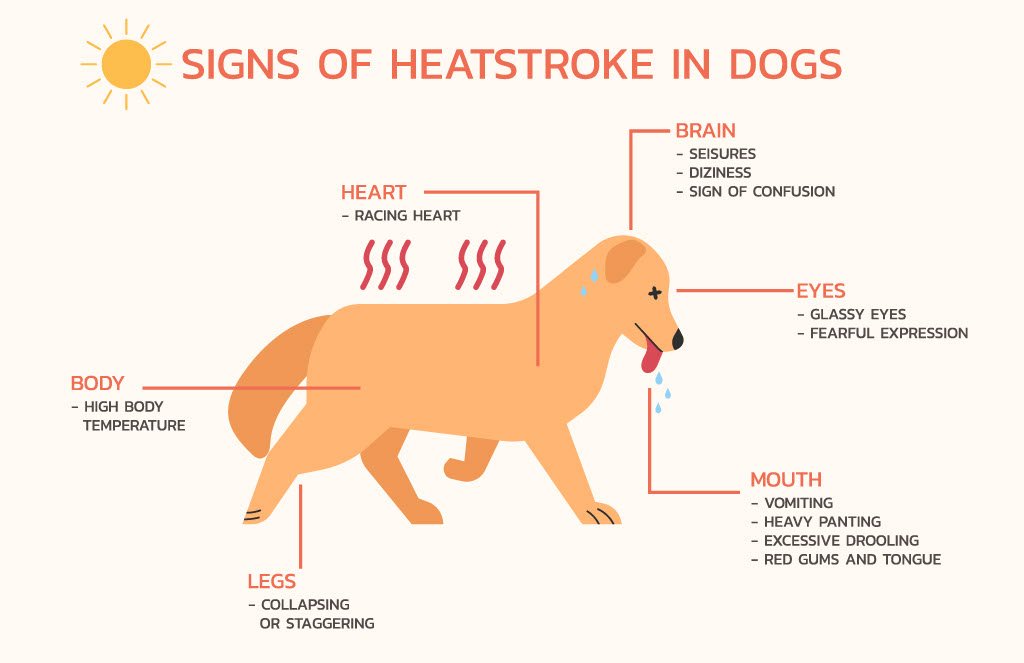
Legal Consequences of Heatstroke Neglect or Abuse:
Legal consequences vary based on jurisdiction and the severity of the case. However, they can include:
1. Fines and Penalties
– Many areas impose fines for cases of animal neglect, with amounts depending on the level of harm caused to the dog. In serious cases where the dog dies or sustains severe injuries, fines can be substantial.
2. Misdemeanor or Felony Charges
– In some jurisdictions, animal cruelty, including neglect leading to heatstroke, is classified as a misdemeanor or a felony. If the heatstroke incident results in the dog’s death or severe suffering, felony charges are more likely, which can carry harsher penalties.
3. Imprisonment
– For severe cases, especially where there is a pattern of neglect or intentional abuse, imprisonment can be a consequence. Animal cruelty felony charges may result in prison sentences from several months to several years, depending on state or country laws.
4. Loss of Ownership and Bans on Future Pet Ownership
– Authorities may seize a neglected or abused dog and place it in a safer environment, such as a shelter or rescue organization. Courts can also issue bans on future pet ownership for individuals found guilty of animal cruelty.
5. Community Service or Mandatory Education
– Some courts impose community service or require animal welfare education for first-time offenders or minor cases of neglect. These alternatives aim to educate the individual on proper animal care and prevent future incidents.
6. Civil Liability
– In addition to criminal consequences, the dog owner may face civil lawsuits from animal rights organizations or private individuals, especially in cases involving high-profile or particularly egregious abuse.
Reporting and Investigations
If someone suspects a dog is suffering from heatstroke due to neglect, they can report it to local animal control or law enforcement. Animal control officers often investigate these cases by assessing the animal’s environment, conducting interviews, and reviewing the dog’s medical history. They may also involve a veterinarian to document injuries or suffering related to heatstroke. Based on findings, the case may lead to warnings, fines, or criminal charges.
In short, leaving a dog in unsafe heat conditions without necessary care can have severe legal consequences, particularly if authorities can prove the owner acted with negligence, cruelty, or indifference to the animal’s welfare. Each state or country has specific animal welfare laws, but all recognize that animals have a right to basic needs and safety, especially in extreme weather.
Home Remedies
Home Remedies
While waiting for veterinary assistance, owners can try to cool their dog down by moving them to a shaded or air-conditioned area, applying cool (not cold) water to the body, and using a fan to promote cooling. However, home remedies should never replace veterinary treatment, especially for giant breeds where heatstroke can become severe very quickly.
Genetic and Breed Considerations
Genetic and Breed Considerations & Psychological Factors in Heatstroke
#Genetic and Breed Considerations
Heatstroke risk varies significantly among dog breeds, particularly in giant breeds. Factors like coat type, body structure, and genetic predisposition can amplify the likelihood of overheating. Understanding these considerations helps owners take tailored preventive measures.
1. Coat Type:
Double-coated breeds like Saint Bernards and Tibetan Mastiffs are more prone to heat intolerance due to their dense fur, which retains heat. While these coats provide insulation in cold climates, they can trap heat in warmer weather, putting these dogs at a higher risk. Conversely, short-haired breeds like Great Danes may have a lower threshold for heat because their skin absorbs more direct sunlight, making shade and sunscreen critical for protection.
2. Body Structure:
Giant breeds often have a heavier body mass relative to their surface area, reducing their ability to dissipate heat efficiently. Additionally, brachycephalic breeds, such as Bullmastiffs, are at extreme risk due to their shortened airways, which impair breathing and heat regulation.
3. Genetic Predisposition:
Some giant breeds, including Newfoundland’s and Leuenberger’s, have naturally lower heat tolerance because they originate from cooler climates. These breeds may experience early signs of heat exhaustion even under moderate conditions.
4. Working vs. Companion Breeds:
Working breeds, such as Bernese Mountain Dogs, often push their physical limits during activities, which increases their risk. Companion breeds, like Irish Wolfhounds, may be less active but can still suffer from prolonged exposure to high temperatures.
Psychological Factors
A dog’s psychological state plays a critical role in how they cope with extreme heat. Stress, anxiety, and excitement can exacerbate heatstroke risks by increasing body temperature, especially in giant breeds.
1. Stress and Heat Regulation:
Stress impacts a dog’s ability to regulate heat effectively. High-stress situations—such as unfamiliar environments, loud noises, or separation anxiety—can elevate a dog’s heart rate and respiratory rate. This increased exertion makes heat dissipation more difficult, leading to a faster onset of heat-related illnesses.
2. Overexertion Due to Loyalty:
Giant breeds are known for their loyalty and eagerness to please their owners. Breeds like Great Pyrenees or Alaskan Malamutes might overexert themselves during play or work, ignoring their physical limitations, even in extreme heat. Owners must recognize when their dog is overheating because these breeds may not stop until it’s too late.
3. Fear and Behavioral Changes:
A dog in distress due to heat may exhibit unusual behaviors, such as aggression or excessive vocalization. This is often a result of pain and disorientation caused by overheating. Owners should monitor for sudden behavioral shifts as a potential warning sign.
4. Encouraging Comfort and Reducing Stress:
To reduce heat-induced stress, create a calm environment with plenty of shade and water. Cooling mats, fans, and air conditioning can significantly reduce stress levels. During walks or outdoor activities, frequent breaks and avoiding peak heat hours (e.g., midday) are essential.
5. Mental Stimulation in Heat:
When outdoor activities are limited due to heat, provide indoor mental stimulation, such as puzzle toys or scent work. This keeps giant breeds engaged without the physical exertion that increases their risk of overheating.
Combined Impact
The combination of genetic predisposition and psychological factors can create a perfect storm for heatstroke. For instance, a Saint Bernard working outside on a humid day is not only physically at risk but also psychologically strained if they are anxious or feel the need to perform.
By understanding the specific needs and risks associated with their dog’s breed and behavior, owners can implement targeted strategies to prevent heatstroke. Prioritizing their giant breed’s comfort and mental well-being is crucial for reducing the risk of this potentially fatal condition.
Surgical Options
Surgical Options
Surgery is not generally a treatment for heatstroke, as the primary focus is on immediate cooling and stabilizing the dog’s vital signs. However, in cases where heatstroke has caused organ damage, additional medical interventions or specialized treatments may be necessary.
When it comes to treating heatstroke in dogs, medications are generally not the first line of defense. Heatstroke requires immediate physical interventions like cooling the dog down and providing hydration. However, there are some situations where medications may play a role, either as first aid measures by the owner or as part of the veterinary treatment plan. Below is a breakdown of over the counter (OTC) options, veterinary-prescribed medications, and their appropriate use.
Over the Counter (OTC) Medications for Heatstroke in Dogs
1. Aspirin and NSAIDs (Not Recommended):

While aspirin or other NSAIDs like ibuprofen may seem like a logical choice to reduce inflammation or lower fever, they are not recommended for dogs with heatstroke. These drugs can cause severe side effects, including gastrointestinal ulcers, kidney damage, and increased bleeding risk, particularly in a dog already stressed from heatstroke. Avoid administering these unless directed by a veterinarian.
2. Electrolyte Solutions:
Products like Pedialyte (unflavored) can be offered to a dog in small amounts to help restore lost electrolytes and prevent dehydration. This can be a helpful measure during transport to the vet but should not replace professional treatment.
3. Cooling Aids:
OTC cooling gels, sprays, or cloths (designed for dogs) can be applied to the dog’s body to aid in reducing surface temperature. These are not medications but can provide temporary relief until veterinary care is reached.
4. Antihistamines:
In rare cases, if a dog has concurrent allergic reactions (e.g., swelling or hives due to overheating), an antihistamine like Benadryl (diphenhydramine) may be used under veterinary guidance. This does not address the heatstroke directly but can manage secondary symptoms.
Veterinary-Prescribed Medications for Heatstroke
1. Intravenous Fluids:
IV fluids are the cornerstone of veterinary treatment for heatstroke. They rehydrate the dog, stabilize blood pressure, and restore electrolyte balance. While not technically a “medication,” the fluids often contain additives such as potassium or glucose, tailored to the dog’s needs.
2. Anti-inflammatory Drugs:
In some cases, corticosteroids like dexamethasone may be used to reduce systemic inflammation caused by heatstroke. This can help minimize damage to organs such as the brain, kidneys, or gastrointestinal tract. These drugs are only used in controlled veterinary settings because they carry risks of immunosuppression and delayed healing.
3. Antibiotics:
If heatstroke causes or exacerbates gastrointestinal damage, leading to bacterial translocation (bacteria crossing the gut lining into the bloodstream), antibiotics may be prescribed to prevent or treat sepsis.
4. Anti-Seizure Medications:
Dogs suffering from heatstroke-induced seizures may receive medications like diazepam (Valium) or phenobarbital to control neurological symptoms.
5. Oxygen Therapy with Bronchodilators:
In cases where respiratory distress is present, bronchodilators like albuterol may be administered to improve oxygen exchange and breathing.
6. Antioxidants and Organ-Protective Agents:
Medications like N-acetylcysteine (NAC) may be given to protect against oxidative stress and prevent damage to organs such as the liver and kidneys.
Key Considerations for Owners
– Avoid OTC Pain Relievers or Fever Reducers: Human medications are not safe unless specifically prescribed by a vet. Administering them without guidance could worsen the situation.
– First Aid Measures Only: Focus on cooling the dog and offering hydration (e.g., water or small amounts of electrolyte solution). Seek veterinary care immediately, as time is critical.
– Inform the Vet: Provide the vet with details about anything administered to the dog, including dosage and timing.
Conclusion
While medications can play a role in managing heatstroke, they are typically administered in a veterinary setting where the dog’s condition can be closely monitored. Owners should focus on rapid cooling, hydration, and transport to the vet rather than relying on OTC drugs, as improper use can do more harm than good. Always consult with a veterinarian before giving any medication to a dog, especially in a life-threatening situation like heatstroke.

